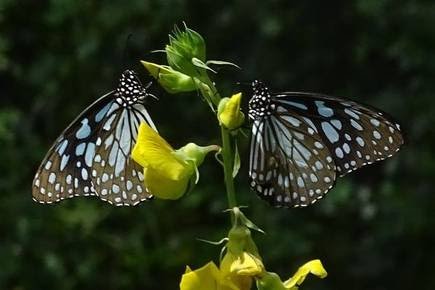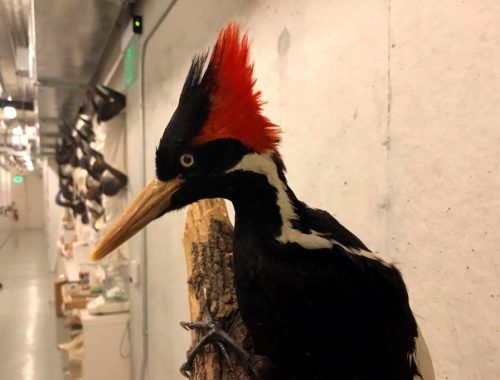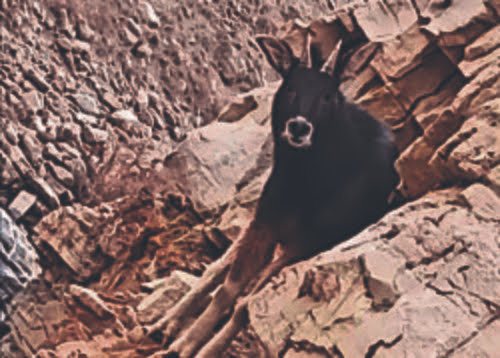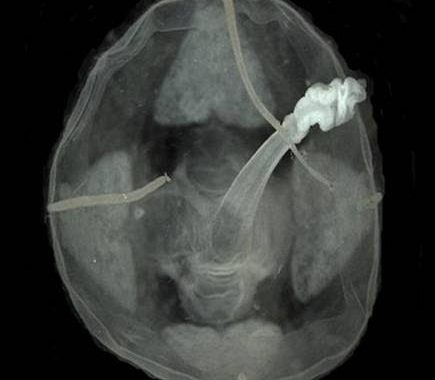In a departure from the past, the annual migration of butterflies from the hill ranges of the Eastern Ghats towards the Western Ghats is an early phenomenon this year.
Usually, butterfly migration in south India begins in October-November, with the onset of the northeast monsoon, from the plains to the Ghats, and in April-June, just before the advent of the southwest monsoon, from the Ghats to the plains.
The southwest monsoon is the season for the breeding of butterflies, especially milkweed butterflies, in plains of south India, after which they migrate.
Advertising
Advertising
Migratory paths of butterflies in South India
Migratory paths of butterflies in South India
But this year, the first migratory sighting was recorded in the Parambikulam Tiger Reserve in Palakkad district by forest watchers on July 14. Later, butterfly enthusiasts in Salem, Erode, Tiruppur, Coimbatore and the Nilgiris observed their movement in large numbers from August 21, which is still continuing. Butterfly migration has also been recorded in Mysuru, Bengaluru, Kolar and Coorg districts in Karnataka.
“The migration started early after a gap of eight years. The Eastern Ghats complex of the Yercaud hills (Shevaroy hills), Pachamalai, Kolli hills, Kalvarayan hills are the major originating places for the migrating species. The movement was observed towards the Nilgiris, the Anamalai Tiger Reserve, and Palani hills also, apart from the Western Ghats hill ranges in the Coimbatore district,” said A. Pavendhan of The Nature and Butterfly Society (TNBS).
A recent study revealed that four species of milkweed butterflies belonging to the Danainae subfamily are mainly involved in the migration — the Dark Blue Tiger, Blue Tiger, Common Crow and the Double-branded (commonly known as tigers and crows). Species like Lime Swallowtail, Lemon Pansy, Common Leopard, Blue Pansy, Common Emigrant and Lemon Emigrants are also involved in the migration but their numbers are very low. However, the number of Lime Swallowtail butterflies had increased considerably this year, P.A.Vinayan, president, Ferns Nature Conservation Society (FNCS), Wayanad, told The Hindu.
Observers noted that Blue Tiger and Dark Blue Tiger accounted for 90% of the butterflies involved in migration. Lime Butterfly and Common Emigrant were higher in numbers than the crows.
“The change in rainfall pattern and a considerable increase in the number of sunny days may be the major reasons for the earlier migration,” Mr. Vinayan added.
Mr. Pavendhan said peak migration was observed over Coimbatore district on August 25. The starting rate of movement was 180 individuals per hour, when the counting was done over a band of about 10 metres in the morning, and the movement reached a peak of 1,060 individuals per hour around noon.
A congregation of butterflies sighted at Appapara in North Wayanad forest division




